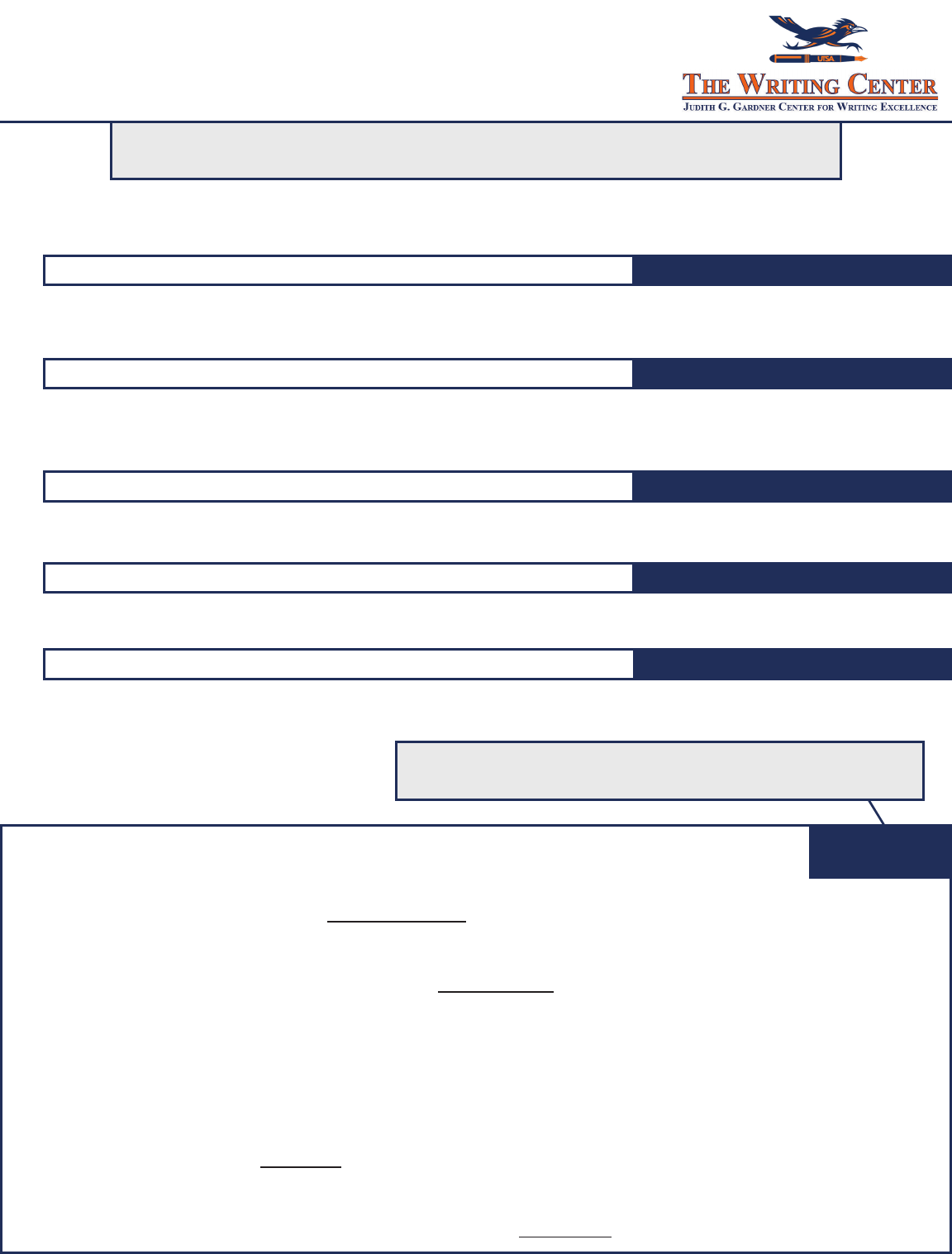
Combining Independent Clauses
and Avoiding Run-Ons
If a sentence contains two independent clauses, they can be separated in a couple dierent ways. The rst and
simplest option is just to let them be two separate sentences.
Jeremy isn’t hungry. He doesn’t want noodles right now.
Two separate sentences
If your independent clauses are very closely related and you want them to remain in the same sentence, a semicolon
can be used in place of a period.
Jeremy isn’t hungry; he doesn’t want noodles right now.
Semicolon
It’s also possible to join these clauses by making one dependent on the other and using a comma to join them
together.
Because Jeremy isn’t hungry, he doesn’t want noodles right now.
Dependent and independent clause
Otherwise, you could just tweak the sentence to integrate the two clauses into one:
Jeremy isn’t hungry for noodles right now.
A sentence is a run-on if it has dierent parts that aren’t separated clearly with
punctuation. Most often this is two or more independent clauses that aren’t separated.
Combined clauses
Finally, another option is that a comma plus a coordinating conjunction can hold two independent clauses together.
Jeremy isn’t hungry, so he doesn’t want noodles right now.
Comma + coordinating conjunction
Coordinating conjunctions are connecting words that give both clauses equal weight. Coordinating conjunctions
are often taught as the acronym FANBOYS:
For, And, Nor, But, Or, Yet, So.
Run-On Examples:
1. Grace tells Adam about her bad morning, she isn’t sure he cares.*
Grace tells Adam about her bad morning, though she isn’t sure he cares. (Dependent + independent clause)
2. Apples, contrary to popular belief, aren’t that healthy other fruits are much better.
Apples, contrary to popular belief, aren’t that healthy; other fruits are much better. (Semicolon)
3. The owers are poking through the dirt, they’re like the ones my grandma grows.*
The owers poking through the dirt are like the ones my grandma grows. (Combined clauses)
From an actual Juicy Juice bottle:
4. All juices may look the same but it’s what’s inside that matters.
All juices may look the same, but it’s what’s inside that matters. (Comma + coordinating conjunction)
5. Our delicious sweetness comes from straight from the fruit, that’s it!*
Our delicious sweetness comes from straight from the fruit. That’s it! (Two separate sentences)
*Comma Splice
See back!
Note: without a coordinating conjunction, two independent
clauses separated by a comma is a comma splice error.

When should you use each method of combining independent clauses?
While these methods are all grammacal, they all have slightly dierent eects:
• Two separate sentences – gets the informaon across more directly
• Semicolon – connects the two ideas strongly, more impacul
• Dependent and independent clause – highlights the relaonship between the ideas
• Combined clauses – reduces some informaon, concise
• Comma + coordinang conjuncon – keeps the ideas separate but ows smoothly
A comma alone isn’t strong enough to connect two independent clauses. If only a comma
is used to connect two independent clauses, this is a run-on called a comma splice error:
Alex loves cats, she has a kien named Emily. (Comma splice error)
The most common ways to correct these are as follows:
Alex loves cats. She has a kien named Emily. (Two separate sentences)
Alex loves cats; she has a kien named Emily. (Semicolon acts like a period)
Alex loves cats, and she has a kien named Emily. (Comma + coordinang conjuncon)
Because Alex loves cats, she has a kien named Emily. (Dependent and independent)
Alex has a kien named Emily. (Combined clauses)
Let’s look at a series of independent clauses and then combine them into a short paragraph to see each of these
punctuaon choices in acon.
a) The rule of thirds in visual composion is one of the most useful tools for guiding the viewer’s eye around
an image.
b) The image is cut into a three-by-three grid.
c) One of the intersecons is chosen to be the main focal point.
d) Another is chosen as a secondary focal point.
e) The primary and secondary focal points should never be on the same side of the image.
f) This sends the viewer’s eye up and down in a line, away from the other side.
Comma Splice
Errors
(a) The rule of thirds in visual composion is one of the most useful tools for guiding the viewer’s eye
around an image. (b) The image is cut into a three-by-three grid; (c) one of the intersecons is chosen
to be the main focal point, and (d) another is chosen as a secondary focal point. (e) The primary and
secondary focal points should never be on the same side of the image, since (f) this sends the viewer’s
eye up and down in a line, away from the other side.
Clause (a) holds enough informaon to stand as its own sentence, but the others work beer combined; clauses
with closely related informaon make more sense when they’re in the same sentence together. Beginning a new
sentence indicates a new idea, and a new sentence that connues the same idea can surprise the reader.
Clauses (c) and (d) are connected closely with a comma and coordinang conjuncon between them—and this
combined pair of clauses creates a full sentence when clause (b) is connected to it with a semicolon. Thus, the
second sentence of this paragraph is made up of three independent clauses, connected using both a semicolon and
a comma (plus conjuncon).
As for clauses (e) and (f), clause (f) has a dependent relaonship with clause (e), which means the most sensible
way to combine them is with a subordinang conjuncon, making clause (f) dependent. So, six choppy sentences
that didn’t display how all the informaon related became three more complex sentences that cohere more clearly.
